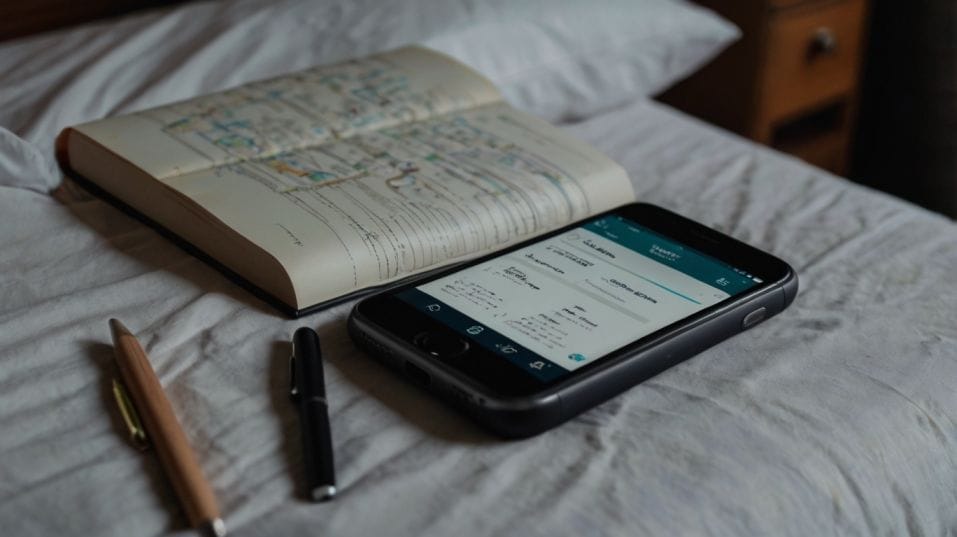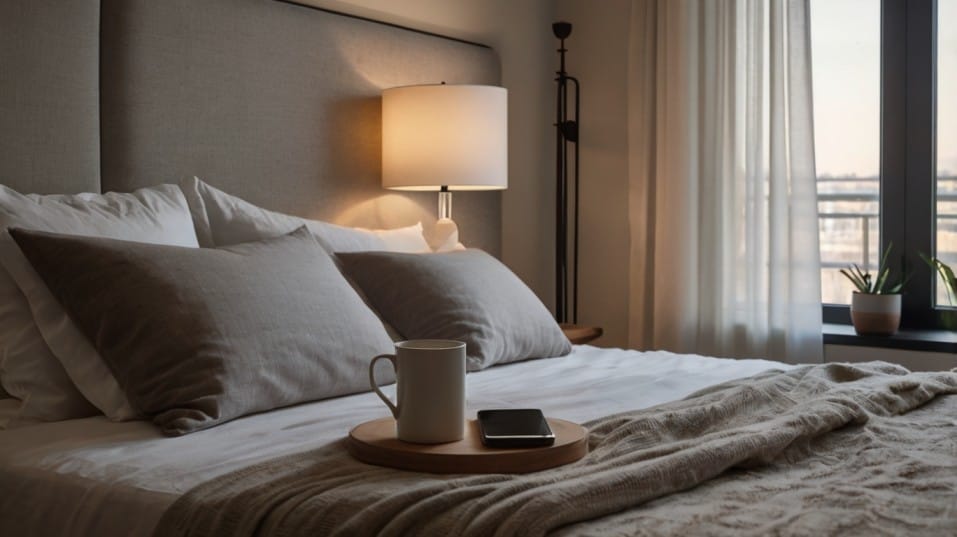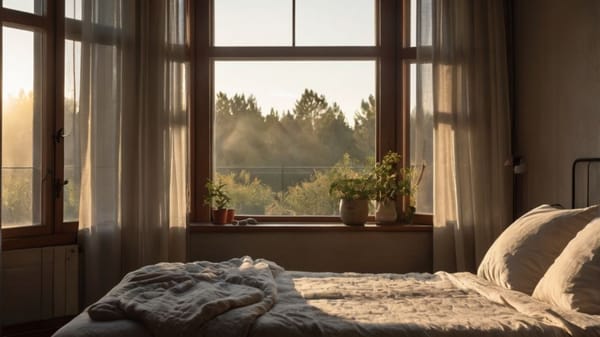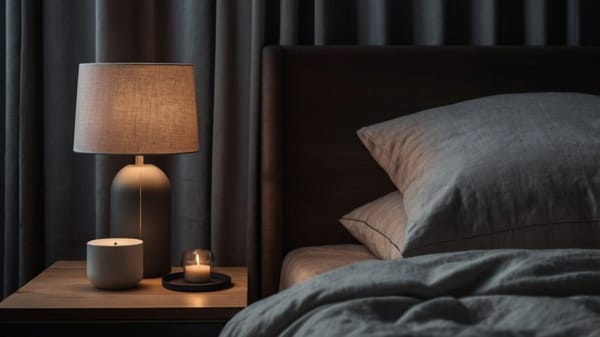Should You Be Using a Sleep Diary App?
Tired of guessing why you’re tired? Discover how a simple sleep diary app can help you wake up energized, focused, and in control.

Ever wake up groggy and wonder, Why am I still tired? You’re not alone—and it’s not a mystery. Most people never track their sleep, so they miss the real reasons they feel drained, foggy, or stuck in low gear.
That’s where a sleep diary app comes in. With just a few taps each morning, you’ll start spotting patterns, making smarter choices, and waking up clearer, stronger, and more energized—without overhauling your entire life.
Why a Sleep Diary Works (When Nothing Else Does)
There’s no shortage of advice out there. Go to bed earlier. Ditch the phone. Cut the caffeine. But here’s the catch: unless you’re tracking your behavior and results, you’re just guessing.
A sleep diary app turns vague advice into personal strategy. It helps you connect the dots between what you do during the day and how you sleep at night.
It collects data you wouldn’t otherwise notice: what time you actually fell asleep, how many times you woke up, how rested you felt in the morning, and how consistent your sleep schedule is across the week.
Even better, it gives you a way to measure progress. Because sleep improvement isn’t always about instant results—it’s about slow, steady gains that build on each other. Tracking is what keeps you on course.

The Biology Behind Better Sleep (and Why It’s Trackable)
Sleep isn’t random. It’s driven by a predictable system of internal clocks and rhythms—primarily your circadian rhythm.
This 24-hour cycle controls when you feel sleepy, alert, or somewhere in between. It’s influenced by light, temperature, food, stress, and movement.
When your habits clash with that rhythm—like staying up too late under bright lights or eating a heavy meal at 10 PM—you send your brain the wrong signals. A sleep diary app makes this misalignment visible.
Say you log a few nights of restless sleep. You also notice those nights followed late dinners or back-to-back Netflix episodes. Once you connect those behaviors to your poor sleep, you can start adjusting—not by guesswork, but by proof.
And it doesn’t stop there. Your body also runs on homeostatic sleep pressure—your need to sleep increases the longer you’re awake.
A nap at 6 PM might sound harmless, but if your diary shows you never sleep well on nap days, that’s a clue. It’s not always about sleeping more. Sometimes it’s about sleeping smarter.
What a Sleep Diary Actually Tracks (and Why It Matters)
Most good apps track more than just when you fall asleep and wake up. They look at:
Sleep latency
How long it takes you to fall asleep.
Night wakings
How often your sleep is interrupted.
Sleep quality
Whether your sleep was restful or broken.
Wake time consistency
If you’re keeping a regular schedule or shifting around.
Mood and energy levels
How you feel in the morning and throughout the day.
Behavioral notes
Caffeine intake, workouts, alcohol, meals, screen time, stress. Here’s where the magic happens: patterns emerge.
You’ll start to notice that certain habits—like exercising before 5 PM or avoiding wine after dinner—lead to better sleep scores. And you’ll stop wasting time on things that should help but don’t.
Even subjective ratings (like how you feel in the morning) become powerful when viewed across multiple nights. You’re not just reacting to one bad sleep—you’re reading trends over time. That’s how real optimization begins.
Building the Habit Without Overthinking It
You don’t need to become a data nerd to benefit. In fact, most people get the best results with just 30 seconds of logging per day. Wake up, note how you slept, tap in a few details, close the app. That’s it.
The trick is consistency over perfection. You’re not being graded—you’re being guided. Miss a night? Who cares. Just keep logging. Even partial data beats no data.
To make it stick:
- Set a reminder for the same time every morning.
- Choose an app with a fast, clean interface.
- Start with basic inputs: time in bed, estimated sleep, how you feel.
Within a week, you’ll start seeing what’s working. Within a month, you’ll be sleeping noticeably better—just by adjusting based on feedback from your own life.
What the Best Sleep Diary Apps Offer
You don’t need a gadget-heavy tracker with complicated sleep scores and graphs you can’t interpret. Look for an app that does these things well:
- Easy morning check-ins
- Tracks behaviors and habits alongside sleep
- Highlights trends without overwhelming you
- Lets you export or review your history clearly
Apps like SleepScore, Rise, Sleep Cycle, and ShutEye all offer beginner-friendly experiences with science-backed design.
Most of them also give you helpful nudges—like reminding you when it’s time to wind down or suggesting a more consistent sleep window.
You want something that fits into your day without adding friction. If the app feels like a chore, it’s the wrong one.
The Real-Life Payoff: Energy, Focus, Recovery
When you sleep better, everything gets better. Your brain processes information faster. Your body repairs itself more efficiently. Your mood stabilizes. You’re sharper, calmer, and more present.
Tracking sleep is the first step toward getting those benefits without buying expensive supplements, quitting your job, or living like a monk. You’ll know exactly what’s making you tired. You’ll fix it. You’ll feel the difference.
Final Thoughts
A sleep diary app won’t change your life overnight—but it will show you how to change it. You’ll spot patterns. You’ll adjust habits. You’ll sleep better—consistently.
So stop guessing. Start tracking. Download a sleep diary app tonight. Log your first entry tomorrow morning. Keep going for one week.
That’s all it takes to shift from random results to real momentum. Smarter sleep starts now. All you have to do is pay attention.




